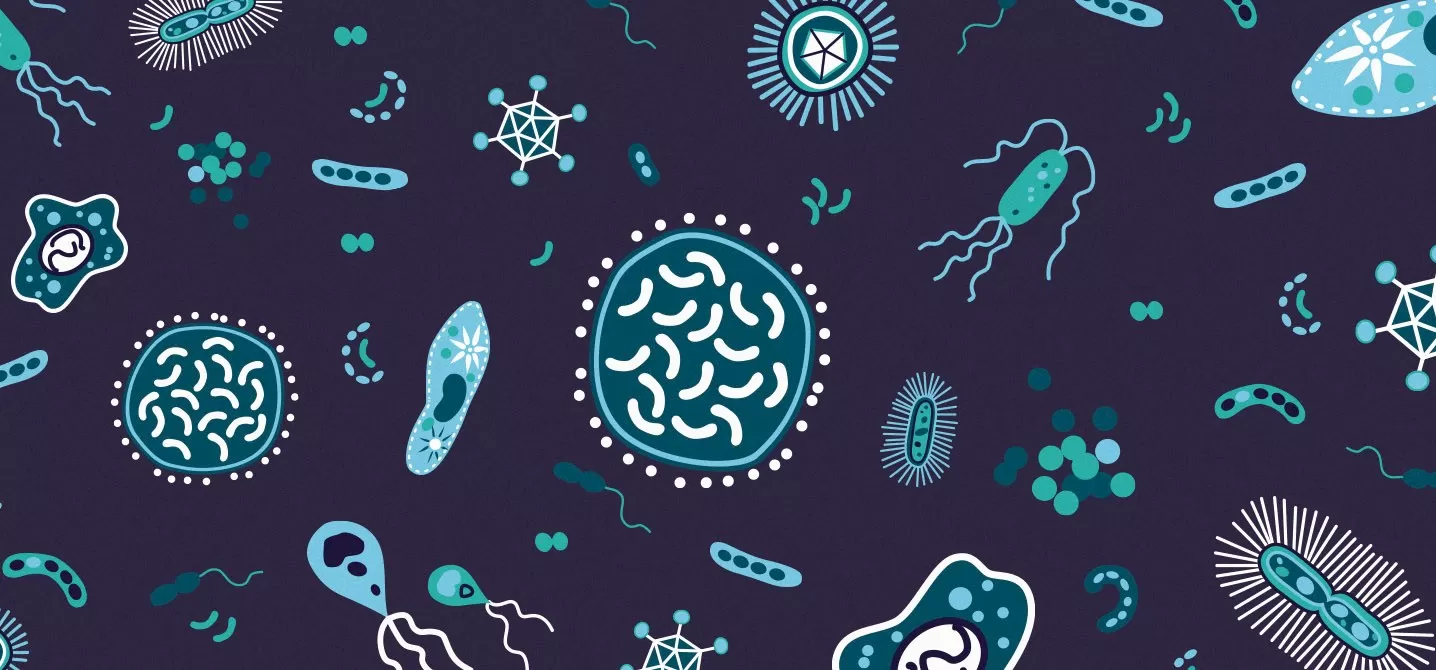Gene Therapy Primer

Gene therapy is the lead program of our three-year strategic plan, Roadmap to a Cure. This potential one-time treatment, which targets Rett at its very root, has produced dramatic results in mouse models of the disease, more so, by far, than any other drug treatment studied thus far. Let’s review some basic concepts about gene therapy, which has promise to be a game-changer.
Genes are like the code or blueprint for who we are. While genes are responsible for determining our traits – such as hair and eye color – some genetic variations can cause disease or increase our risk for them. Harmful or disease-causing variations are known as mutations.
The cells in our bodies “read” genes to make proteins, much like a baker reads a recipe to make bread. A mistake in a recipe can lead to a bread that doesn’t rise or taste good. Likewise, a mutation in a gene can lead to an incorrect or missing protein. Because proteins are critical to the health and function of our cells, diseases can occur when one isn’t made correctly.
To treat Rett Syndrome patients with gene therapy, researchers need to deliver healthy copies of MECP2 into brain cells. One of the key elements of the therapy is a gene delivery system, also known as a vector. For Rett Syndrome and many other genetic conditions, the vector is a human-engineered virus designed to penetrate cells to deliver the therapeutic genetic cargo.
While using a virus may sound a little scary – viruses can, of course, make us sick – scientists remove the native DNA from the virus and insert the therapeutic gene. Viruses are an attractive delivery system, because they can readily penetrate cells to deliver their genetic cargo. Many gene therapies in development today use adeno-associated viruses (AAVs), because humans are commonly exposed to them throughout their lives and they don’t often elicit a harmful reaction from the recipient’s immune system.
One of the key components of an AAV is its capsid or outer shell. Capsids are designed to facilitate penetration of the virus into the targeted cells. For example, the capsid known as a serotype 9 is able to penetrate the central nervous system and brain. Hence, AAV9 is well suited for Rett Syndrome gene therapies.
Other important gene therapy components are the promoter and regulatory elements that control how much protein a given gene therapy will express. The choice of promoters and regulatory elements for a human Rett Syndrome gene therapy will be critical, because the treatment needs to express enough protein to be effective, while too much could be harmful.
Keep in mind that gene therapy is still a cutting-edge treatment approach. None have been approved yet by the U.S. Food and Drug Administration (FDA). However, that could change in the coming months with Spark Therapeutics’ application to the FDA for its retinal-disease gene therapy, which restored some vision in children and young adults participating in a clinical trial.
Stay tuned for updates as RSRT-funded scientists work toward a clinical trial.


